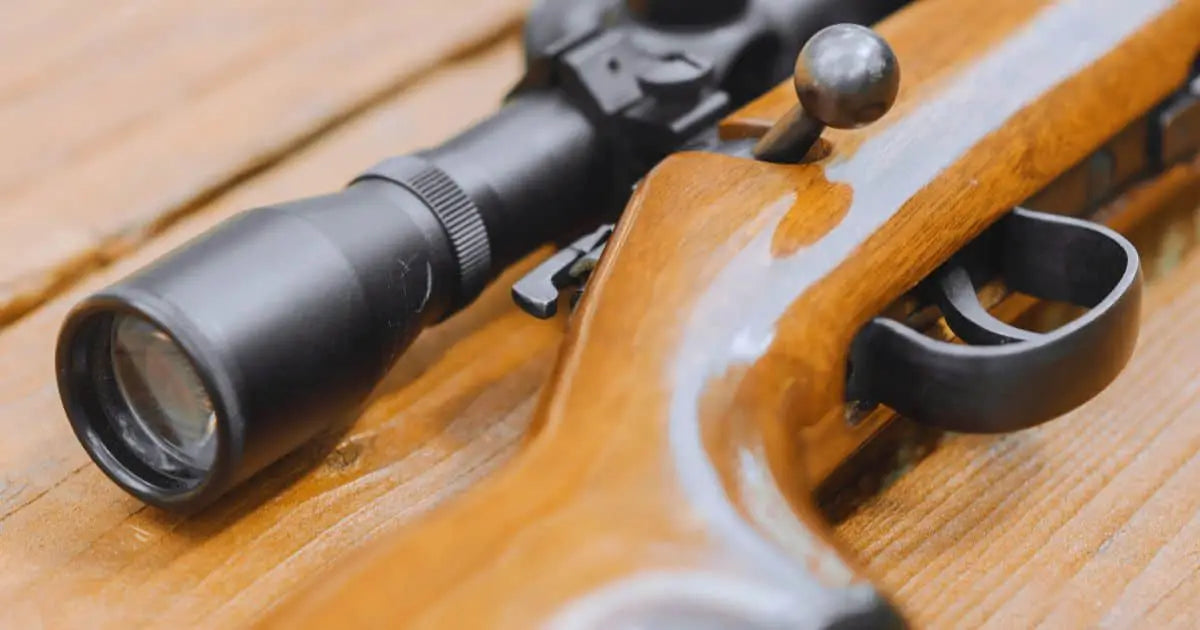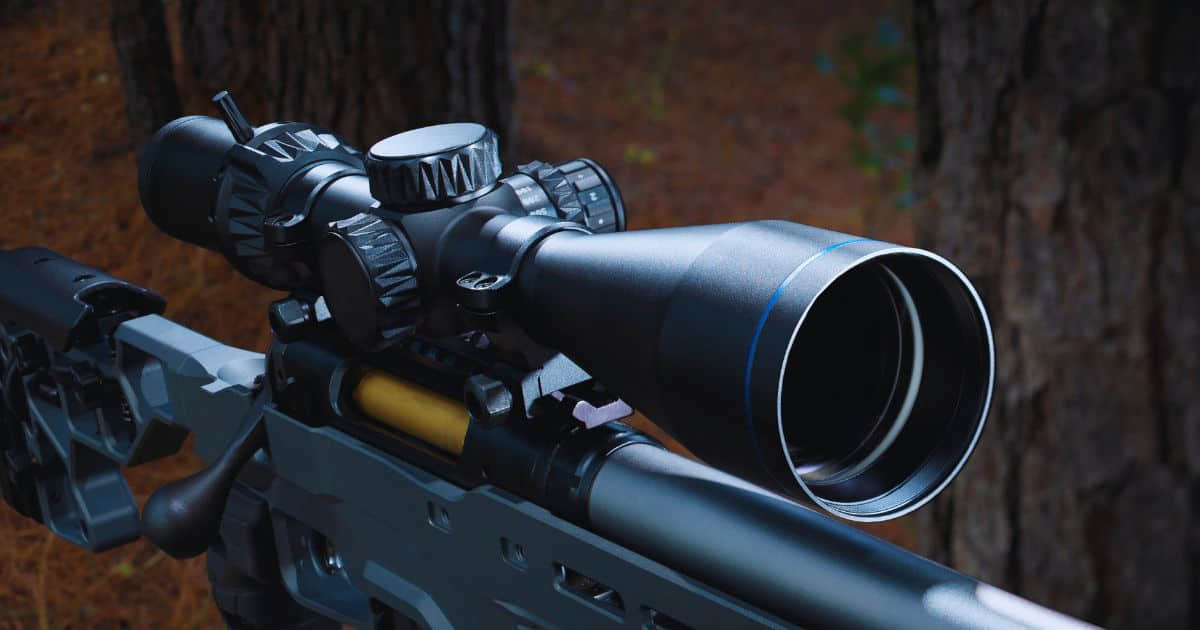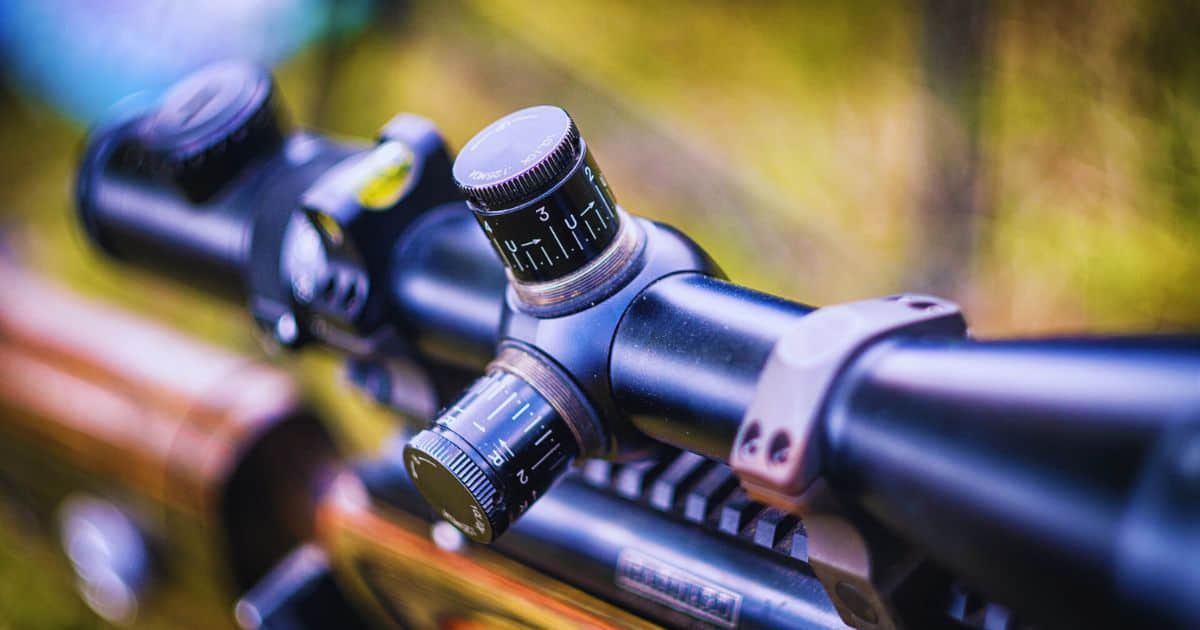Trading : 7am to 5pm (Mon-Sun)
Call Us : (03) 7071 0777
Email Us : sales@primalhunter.com.au
NEED HELP?
Hours: 7am-5pm (Mon-Sun)
Ph: (03) 7071 0777
E:sales@primalhunter.com.au

Choosing a rifle scope can be overwhelming. Between numbers, zoom levels, and reticle styles, there’s a lot to take in. But understanding these details can help you make a choice that suits your style, terrain, and target game.
For Aussie hunters, whether you're after pigs in thick scrub or goats across open hills, the right scope setup matters. Let's break down scope numbers and reticles to help you shoot straight, every time.
When you see a scope labelled “3-9x32”, that’s not just marketing fluff. It actually tells you the zoom range and the size of the objective lens.
3-9x: This means variable magnification. You can zoom from 3x (three times closer than the naked eye) to 9x.
32: This is the diameter (in mm) of the objective lens, which lets light into the scope.

Up to 7x,9x or 10x – The “all-rounder” for most traditional hunting needs (3-9x is really common in these situations)
Up to 12x or 15x – Great for spotlighting where you can rely on the stability of shooting from your car bonnet/window/door.
Up to 25x or 30x– Favoured for long range hunting where a tripod setup can assist with stability and staying on target

Variable magnification scopes, like a 3-9x, are popular for their versatility across different ranges and conditions. They’re great for scanning, follow-up shots, and resale, but tend to be heavier, more complex, and pricier for high-end models. Fixed power scopes, such as a 4x32, offer simplicity, durability, and affordability, making them ideal for close-range hunting in thick cover. However, they lack adaptability for varying distances, can be less effective in low light, and are generally less popular today.
The objective lens is the front lens of the scope. Larger means more light but also more bulk.
40mm – The balance point for weight and brightness.
50mm+ – Brighter in low light, but heavier and higher-mounted.
24–32mm – Compact, good for close work, but lower light gathering.
Better in dawn/dusk hunting
Clearer image at high magnification
Can spot more detail
Adds weight to your rifle
Requires higher scope rings
Can affect cheek weld and comfort
The reticle is what you see when you look through the scope—the aiming point. Modern scopes come with many styles, from classic crosshairs to ballistic compensating grids.
Let’s break down the most common types you'll see in Aussie hunting shops and online stores.
This is the classic design—thick outer lines tapering to a fine cross in the centre. Common in scopes like Leupold and Bushnell.

Best for: General hunting (deer, pigs, goats)
Pros:
Simple and fast to acquire
Easy to see in low light
Uncluttered sight picture
Reliable for short to mid-range shots
Cons:
No range estimation or drop markings
Not ideal for long-range holdover
Lacks windage guidance
Has small dots along the vertical and horizontal lines. Used for range estimation and holdovers.

Best for: Shooters with a bit of ballistic knowledge
Pros:
Accurate ranging with practice
Good for wind and elevation hold
Suitable for varmint and long-range shots
Easier distance calculations as it uses a metric based system
Cons:
Learning curve to use properly
Can be cluttered for beginners
Dots can obscure small targets
Requires you to know the size of your target
MOA (Minute of Angle) reticles are similar to Mil-Dot but calibrated in minutes instead of mils. Common with turret-adjustment scopes.
Best for: Precision shooters who prefer MOA over mils
Pros:
Pairs with MOA turrets for easy dialing
Precise holdover and windage adjustments
Good for fine-tuning shots
Cons:
Can confuse users familiar with metric
Less common than mils in tactical scopes
Needs solid understanding of ballistics
BDC reticles have hash marks or dots under the central cross to compensate for bullet drop at known distances.

Best for: Mid to long-range shots on known game trails
Pros:
No need to dial turrets
Fast follow-up shots
Matched to common calibres (e.g. .308, .223)
Often labelled for yard/metre marks
Cons:
Must match your calibre/load exactly
Holdovers may not match real-world ballistics
Can vary between brands
Requires you to know the range to your target
Any of the above reticles can come with illumination (usually red or green), great for low-light shooting.

Best for: Early morning or late arvo hunting
Pros:
Better contrast on dark targets
Helps against dark backdrops (e.g. pigs in shadows)
Adjustable brightness settings
Still usable without power (etched designs)
Cons:
Batteries can fail or go flat
Can bloom or glare at high brightness
Slightly more expensive
Adds minimal weight
This isn’t about the crosshair style but how the reticle behaves when you zoom in and out.
FFP: Reticle changes size with zoom. Range and holdovers are always accurate.
SFP: Reticle stays the same size. Holdovers are only accurate at one magnification.
Holdovers work at any magnification
Good for long-range hunters
No need to remember “true” zoom range
Can be hard to see at low zoom
Usually more expensive
May feel cluttered at high zoom
Easier to see at low power
Usually cheaper
Familiar for most hunters
Must know “calibrated” zoom level
Not ideal for quick zoom changes
Less accurate for advanced holdover work
There’s no one-size-fits-all rifle scope. The “numbers” tell you what it can do, and the “reticle” tells you how you’ll use it. The key is matching your scope to your quarry, your terrain, and your comfort level.
Don't be afraid to try different setups. Most Aussie hunters end up with more than one rifle, and each deserves the right glass.
Got a scope setup you swear by? Share it in the comments and let other Aussie hunters know what works in your patch!

References/Acknowledgements:
Leave a comment